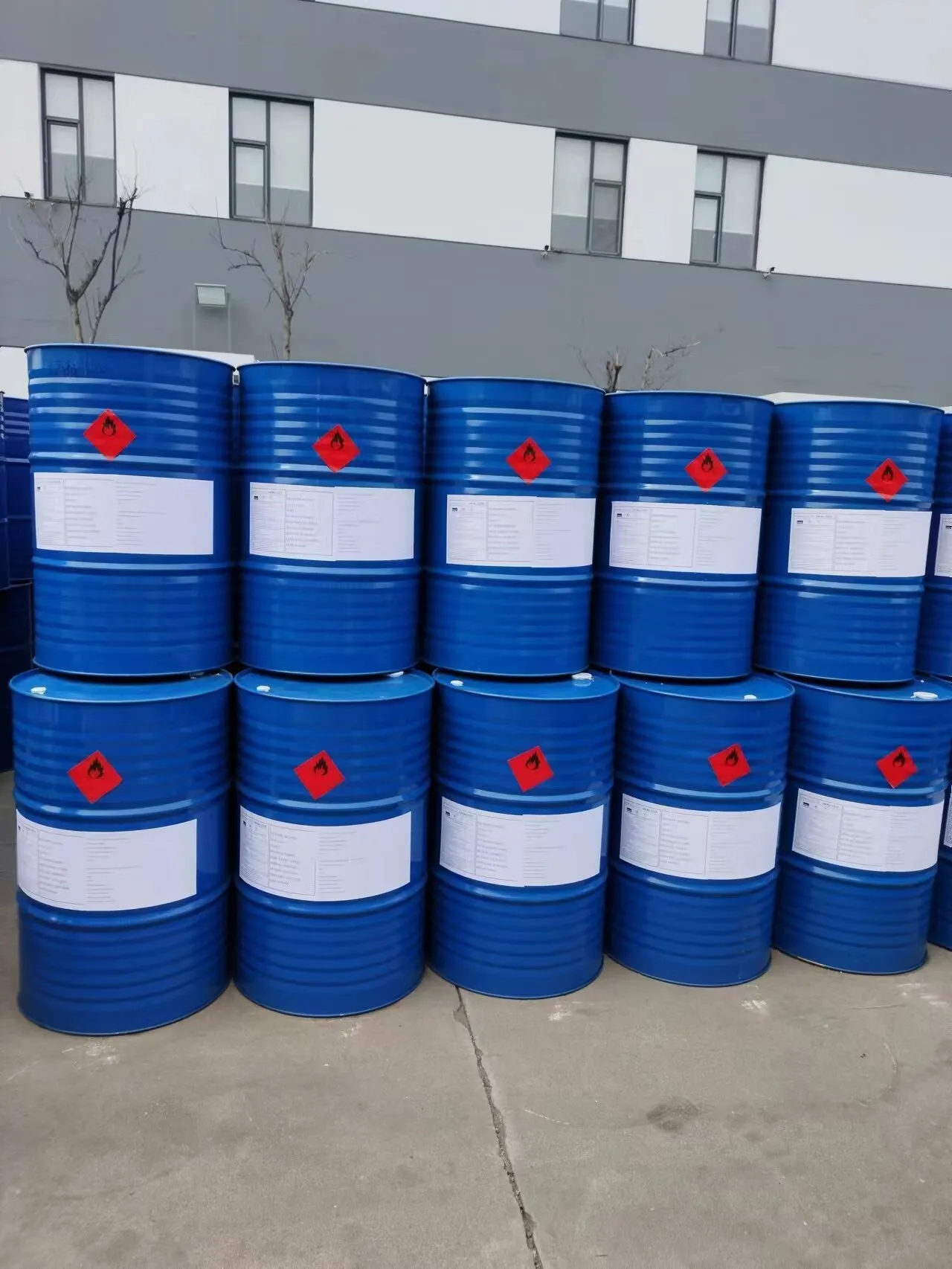
immiscible solvents
Understanding Immiscible Solvents Key Concepts and Applications
In the realm of chemistry, solvents play a crucial role in a multitude of reactions and processes. Among the various types of solvents, immiscible solvents stand out due to their unique properties and applications. Immiscible solvents are defined as liquids that do not mix with each other in any proportion, resulting in distinct layers when combined. Common examples include water and oil, in which oil remains separate and floats on the surface of water. This phenomenon has significant implications in both laboratory and industrial contexts.
One of the primary characteristics of immiscible solvents is their differing polarity. Polar solvents, such as water, possess a high dielectric constant and are capable of dissolving ionic and polar substances effectively. Conversely, non-polar solvents, like hexane or benzene, have a low dielectric constant and are better suited for dissolving non-polar compounds. The combination of these two types of solvents can facilitate a range of chemical processes, including extraction, separation, and purification.
A notable application of immiscible solvents is in the extraction of natural products. This technique is widely employed in the pharmaceutical and food industries. For example, when extracting essential oils from plants, a non-polar solvent can be used to dissolve the oil, while water remains unused in the process. The immiscibility allows for a clean separation of the desired product, maximizing yield and purity. Similarly, in pharmaceutical applications, compounds can be separated based on their solubility in different solvents, allowing for the isolation of active ingredients from complex mixtures.
immiscible solvents

Moreover, immiscible solvents are essential in liquid-liquid extraction processes. This method is crucial in the separation and purification of various substances, ranging from metal ions to organic compounds. By using two immiscible solvents, it is possible to transfer specific solutes from one phase to another, thus achieving the desired separation. The efficiency of the extraction largely depends on the distribution coefficient of the solute between the two phases, highlighting the importance of selecting the appropriate solvents for each specific application.
Environmental considerations also drive the exploration of immiscible solvents. As industries move towards greener chemistry, researchers are investigating eco-friendly alternatives that maintain efficiency while minimizing environmental impact. The use of vegetable oils or other biodegradable solvents instead of traditional petroleum-based solvents is gaining traction in the field of green extraction. This shift not only helps in preserving natural resources but also reduces hazardous waste generated during chemical processes.
Lastly, the study of immiscible solvents extends beyond practical applications to theoretical implications as well. Understanding the interactions between different phases contributes to our knowledge of solvation, interfacial phenomena, and thermodynamics. Researchers continue to explore the underlying principles that govern the behavior of immiscible solvents and their mixtures, paving the way for innovative solutions in various scientific fields.
In conclusion, immiscible solvents are fundamental components in chemistry, providing invaluable tools for extraction, separation, and purification. Their distinct properties, rooted in polarity contrasts, unlock a myriad of applications that span industries. As research progresses towards more sustainable practices, the understanding and utilization of immiscible solvents will undoubtedly evolve, driving efficiency while safeguarding our environment.
-
Pure Sodium Dichloroisocyanurate Dihydrate | Powerful DisinfectantNewsAug.29,2025
-
Industrial Chemicals: Quality & Purity for Every IndustryNewsAug.28,2025
-
Nitrile Rubber Honoring Strict Production StandardsNewsAug.22,2025
-
Aspartame Ingredients Honoring Food Safety ValuesNewsAug.22,2025
-
Fertilizer for Balanced Plant NutritionNewsAug.22,2025
-
Cyanide Gold Processing with High Purity AdditivesNewsAug.22,2025
-
Formic Acid in Textile Dyeing ApplicationsNewsAug.22,2025
Hebei Tenger Chemical Technology Co., Ltd. focuses on the chemical industry and is committed to the export service of chemical raw materials.
-

view more DiethanolisopropanolamineIn the ever-growing field of chemical solutions, diethanolisopropanolamine (DEIPA) stands out as a versatile and important compound. Due to its unique chemical structure and properties, DEIPA is of interest to various industries including construction, personal care, and agriculture. -

view more TriisopropanolamineTriisopropanolamine (TIPA) alkanol amine substance, is a kind of alcohol amine compound with amino and alcohol hydroxyl, and because of its molecules contains both amino and hydroxyl. -

view more Tetramethyl Thiuram DisulfideTetramethyl thiuram disulfide, also known as TMTD, is a white to light-yellow powder with a distinct sulfur-like odor. It is soluble in organic solvents such as benzene, acetone, and ethyl acetate, making it highly versatile for use in different formulations. TMTD is known for its excellent vulcanization acceleration properties, which makes it a key ingredient in the production of rubber products. Additionally, it acts as an effective fungicide and bactericide, making it valuable in agricultural applications. Its high purity and stability ensure consistent performance, making it a preferred choice for manufacturers across various industries.





